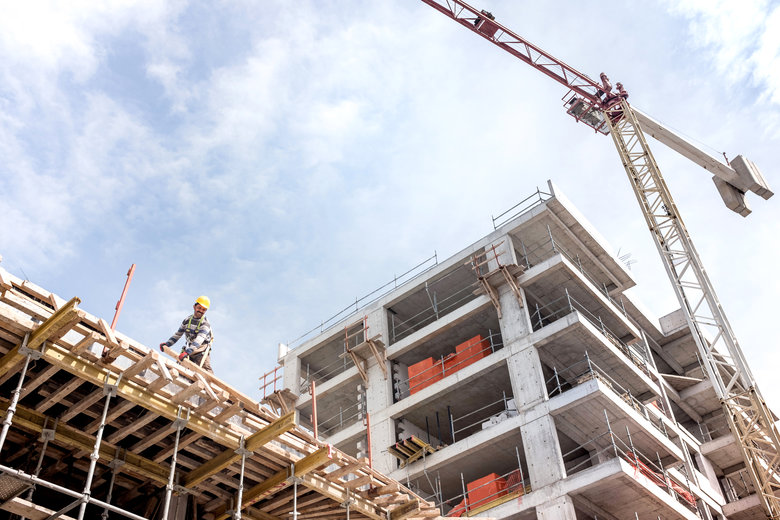
Local government rate pegging is discouraging councils from accepting growth and increasing dependence on infrastructure contributions, an issues paper says.

Productivity Commissioner Peter Achertstraat’s paper is a springboard for the commission’s review of the state’s infrastructure contributions system announced by planning minister Rob Stokes in April.
Releasing the paper for consultation last week, Mr Stokes said it was a step towards achieving a fairer and more efficient contributions system for NSW.
“It is critical we strike the right balance between supporting businesses to get their projects from conception to construction, while also supporting councils to deliver necessary infrastructure and local projects to drive economic growth, job creation and better community infrastructure,” he said.
The paper identifies several issues for further exploration including rate pegging, rising infrastructure costs, special infrastructure contributions, planning agreements and a lack of transparency in the way contributions are calculated and spent.
System complex and inefficient
Mr Achterstraat says infrastructure contributions are necessary to deliver public infrastructure, new housing, commercial development and investment.
But he says the contributions system first introduced in 1979 has become complex, opaque and inefficient while alternative funding sources remain limited.
The paper floats a range of questions about broadening revenue sources, the use of value capture, making planning agreements binding on councils, requiring councils to maintain online planning agreement registers and the use of special infrastructure contributions.
It also also looks at biodiversity offsets, affordable housing contributions, land title, land acquisition and polices around open public space.
Mr Achterstraat also highlights the shortage of expertise to deliver contribution plans in local government, as well the planning response to COVID -19 and the impact of climate change on infrastructure planning.
Support for government response to IPART review
He says the review welcomes the local government minister’s response to IPART’s review of the local government rating system and supports the government’s decision to explore changes to the rate peg to account for population growth, which it says “complements an efficient, reformed infrastructure contributions system”.
“Local government rate pegging creates a financial disincentive for councils to accept growth and increases their dependence on other revenue sources such as infrastructure contributions,” the paper says.
“The recently announced reforms to the rate peg to include a population growth factor is supported as an important step to providing councils with a funding source to further support their growing communities. It is also complementary to reform of the infrastructure contributions system.”
Opportunity for improvement
Acting treasurer Damien Tudehope says the review offers an opportunity to deliver reforms that support infrastructure development.
“We have a unique opportunity right now to deliver reforms that boost investment and get shovels in the ground,” he said.
Mr Achertstraat says the review was looking at opportunities for greater consistency across the state.
“Public feedback is now welcomed on whether the right principles have been identified, which will inform the potential reform options by the Commission,” he said.
Feedback can be provided until August 5 and series if stakeholder roundtables will held that month with state government agencies, local government, industry and community groups.
A final report will be handed to the minister later this year.
Comment below to have your say on this story.
If you have a news story or tip-off, get in touch at editorial@governmentnews.com.au.
Sign up to the Government News newsletter
Well-designed and well-constructed infrastructure tends to inflate the value of well-served sites. Higher land prices then chase development away from infrastructure to cheaper, but more remote sites. The resulting sprawl is bad for the environment and bad for budgets due to the wasteful duplication of expensive infrastructure in low-density areas. Land value return (value capture) returns publicly-created land values to the public sector that created it. Once these values are returned to the public sector, they can be recycled for infrastructure maintenance and improvement.
Land value return reduces the windfalls that infrastructure creates for private landowners. This helps keep land prices down. Furthermore, by making land hoarding at prime sites (near infrastructure) more expensive, it induces development of high-value sites. More compact development makes better use of existing infrastructure, helps protect the environment, and reduces the need for new infrastructure, thereby keeping taxes low.
Land value return and recycling integrates infrastructure investments with infrastructure funding. It also ensures that those who benefit the most from public infrastructure pay in proportion to the benefits they receive.